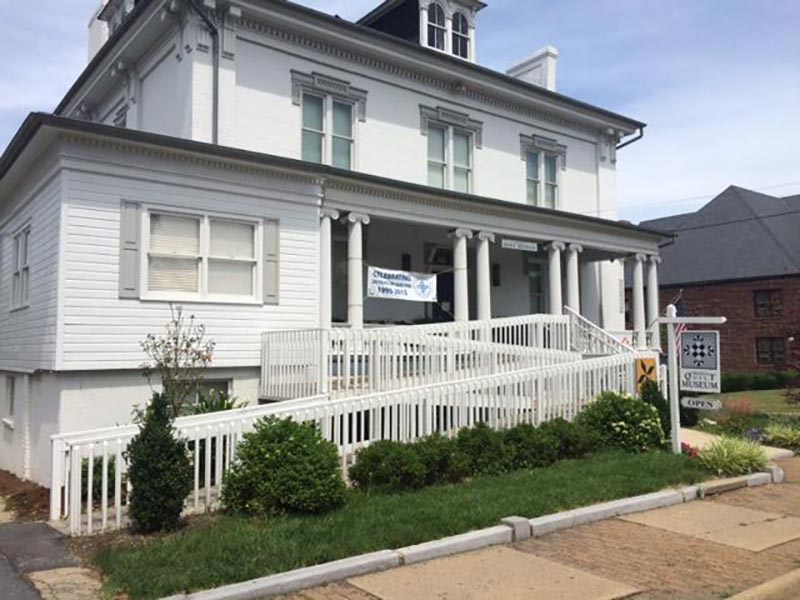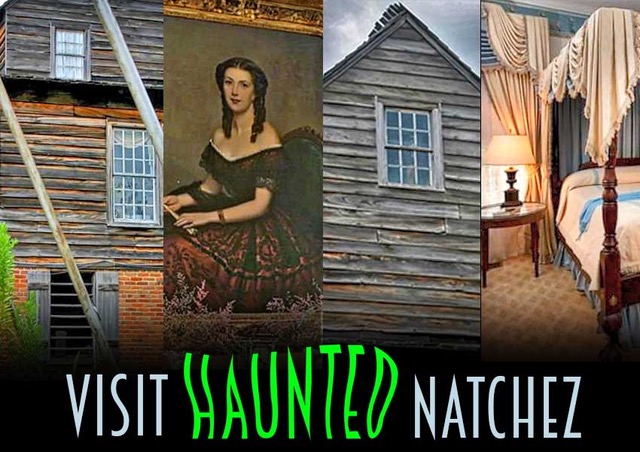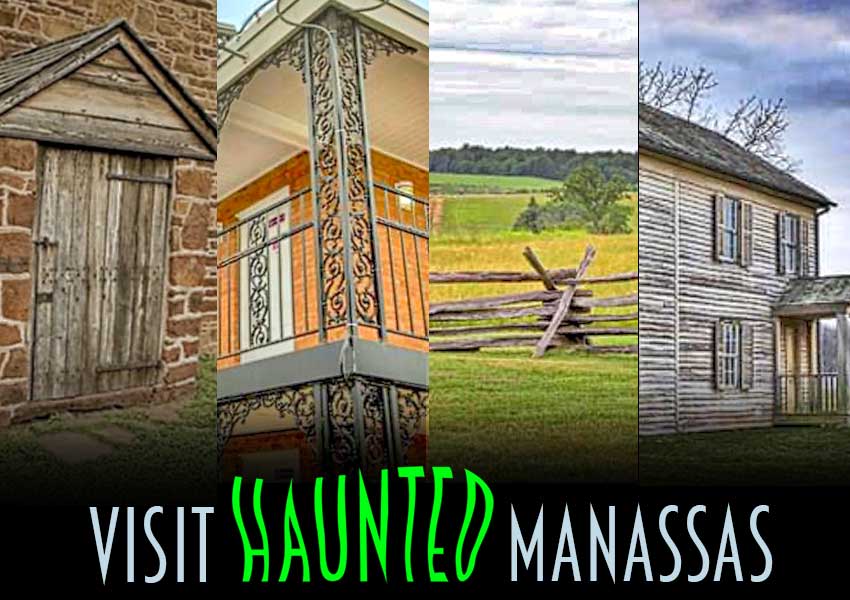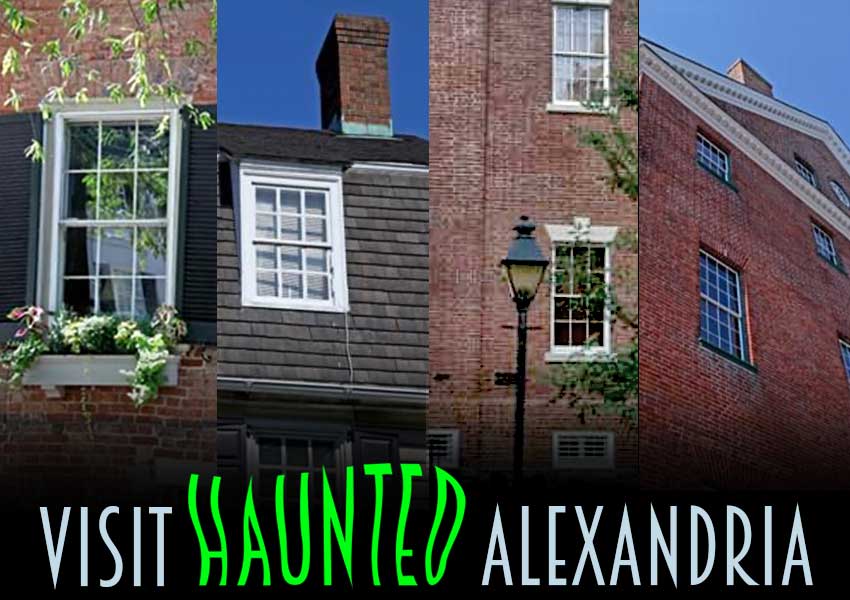Harrisonburg Virginia
Warren Sipe House
The spirit of a focused but confused Confederate soldier is still here.
DESCRIPTION
Built in 1856, The Warren-Sipe House, now the home of the official Virginia Quilt Museum, is one of the few antebellum structures still standing in Harrisonburg, VA. This grand old dame has quite a resume, as its versatile space and beauty have inspired the imaginations of the living. It has been used as a private home for families throughout its history, as a Civil War house hospital, as a recreation center for children, as the headquarters of the local historical society, as a temporary courthouse and jail, and is now used as the official Virginia Quilt Museum.
This wood and brick two story structure has been added to and renovated to meet the needs of its occupants throughout the eras, still keeping its best structural qualities in tact. In its beginning, the basement was originally the kitchen for the Warren family. Bedrooms were located upstairs, while the parlors, library, dining room, etc. were found on the first floor, probably off a central hall. The glorious central staircase, popular in homes built in this era, connected the floors. The home also had the customary wide porch, Grecian columns and lovely dentils along the roof line. There was no attic! The house was grand enough to meets the status and needs of an up and coming, successful lawyer and councilman, Ed Warren and his family.
HISTORY
This lovely, 1856 antebellum home was built by a successful attorney Edward Warren, for the love of his life, wife Virginia Magruder, and their children. Unfortunately, Ed Warren only got to live in this home with his wife and family for 4 years. Just as the Civil War broke out, Ed Warren was elected to the city council, but left soon after his election to rejoin his old military unit, now under control of the Confederate Army, commissioned as Lieutenant Colonel Ed Warren. Ed led his 10th Virginia Infantry troops through many bloody battles, and nearly made it through the Civil War alive, but his luck ran out, and he was killed on May 5th, 1864.
His surviving family lived in the house until 1894, when a prominent local attorney and member of the Virginia House of Delegates, George E. Sipe, bought this house, a fixer upper opportunity at this point. It was in need of remodeling, and Mr. Sipe was the man to do it! Mr. Sipe added an attic, a billiard room in the basement, a kitchen on the first floor. Mr. Sipe also added hand-carved mahogany fireplace mantels, and gorgeous inlaid wood floors on the main floor of the house.
The home continued to be privately owned, until the 1950s, when it became a building to be enjoyed by many. In 1956, the city of Harrisonburg bought the house, and used it as a children’s recreation center, for 22 years. Then in 1978, the Harrisonburg-Rockingham Historical Society made it their headquarters, until the 1990s, when they gave it back to the city. When the Harrisonburg courthouse was being remodeled in the early 1990s, the county court moved into this house, transforming it into a court of law, which included a makeshift jail holding cell on the first floor.
In 1995, the city gifted the house to the Virginia Quilt Museum who had their own ideas on how to use the house’s space. This worthy organization state in their mission statement found on their website:
“The Virginia Quilt Museum exists to celebrate and nurture Virginia’s quilting heritage by collecting and preserving quilts from Virginia for the benefit of the public for educational purposes, to be accessible to them through regular exhibition and maintained for future generations. The museum focuses on the role and significance of quilts in social and cultural history and emphasizes the aesthetic value of quilting as an art form while facilitating research in the fields of history and art. ”
Through generous contributions from its members and friends, the Warren-Sipe house was and is being renovated, since 2001. There are opportunities to contribute to this fine organization and to the building’s restoration on their website: vaquiltmuseum.org
Also, classes for both adults and children are offered. The basement was transformed into a hands-on room for children. Sometimes not nice surprises are found while renovating, like termite damage! While the entire wooden floor in the basement had to be removed, the dirt pit that resulted became an archeological dig. Many interesting artifacts from the 1800s were discovered, shedding light on life in the mid-1800s and later years, before the wooden floor was added.
These recently discovered relics of history from the Warren Sipe House basement floor, have added another layer of historical interest. Besides seeing many kinds and historical quilts on display, one can see these artifacts throughout the Virginia Quilt Museum.
HISTORY OF MANIFESTATIONS
When the town’s general hospital was full, the Warner House was used as a hospital overflow home for wounded Confederate soldiers, from various battles. Without antibiotics and modern medicine, many died from infection in these house hospitals, even if they were lucky enough to survive the battle, and the crude, unsanitary surgery that they underwent, which took place near the battle site. Being shot with a bullet could be a death sentence! To avoid gangrene, the only way thought to prevent it was to amputate the limb.
One talented young man, 19 year old Major Joseph Latimer, who was well versed in artillery, being a cadet from Virginia Military Academy, was shot in the arm at the battle of Gettysburg (July, 1863). He had an arm amputation in a field hospital there, and was sent to the Warren house hospital to recover, under the care of the Warrens. Despite the arm amputation and the wonderful care he received from the Warren family, Joseph unfortunately died of gangrene here, on August 1, 1863, which is a painful way to die. Joseph was buried in the Woodbine Cemetery.
MANIFESTATIONS
Spirit of Joseph Latimer
This gentle, confused entity of a young Confederate soldier is thought to be Joseph Latimer.
His full apparition is seen by many witnesses, dressed in his proper, complete uniform, standing at the very top of the grand central hall staircase.
Witnesses say that he peers down the stairs, and sometimes slowly moves down the staircase, perhaps looking for a way out, wanting to go home.
Perhaps his presence is felt on the second floor. No reports of mischief have been reported, as he was a serious, responsible young man when alive.
In other stories found on this website, young soldier entities have been known to tease the living for their amusement.
STILL HAUNTED?
It seems to be! Though I couldn’t find any hard evidence gathered by paranormal investigators, a lot of eye witnesses have seen this young entity soldier throughout the years. The Virginia Quilt Museum states on their website that this entity is a reality, but they have no complaints about him, as Joseph is as disciplined and focused now as he was when he was alive. It is possible that he doesn’t know he is dead, or doesn’t want to accept this reality just yet.
LOCATION
Virginia Quilt Museum/Warren-Sipe House
301 South Main Street
Harrisonburg, Virginia
(540) 433-3818
SOURCES INCLUDE
- http://www.hmdb.org
- http://www.shenandoahatwar.org
- vaquiltmuseum.org
Our Haunted Paranormal Stories are Written by Julie Carr
Our Photos are copyrighted by Tom Carr
Visit the memorable… Milwaukee Haunted Hotel






























































































































